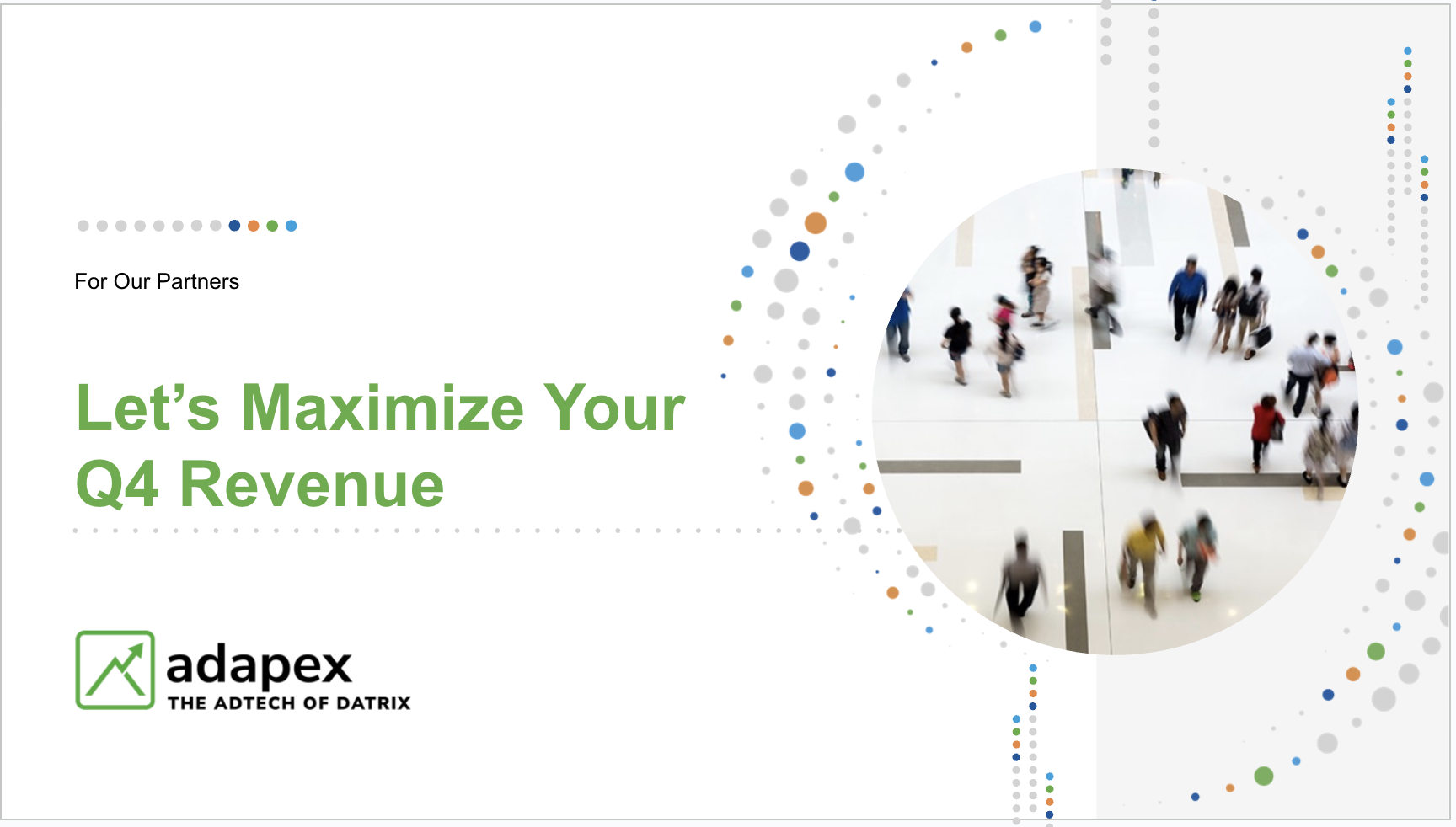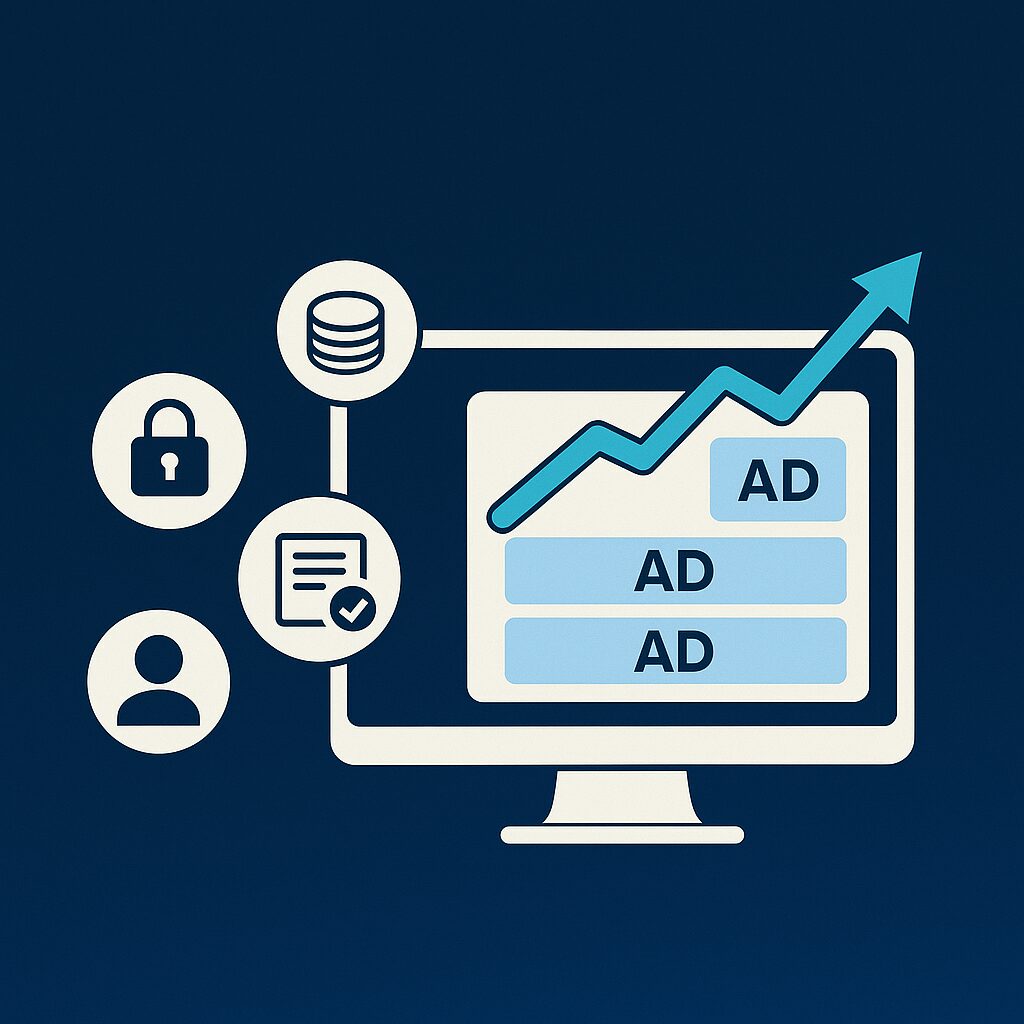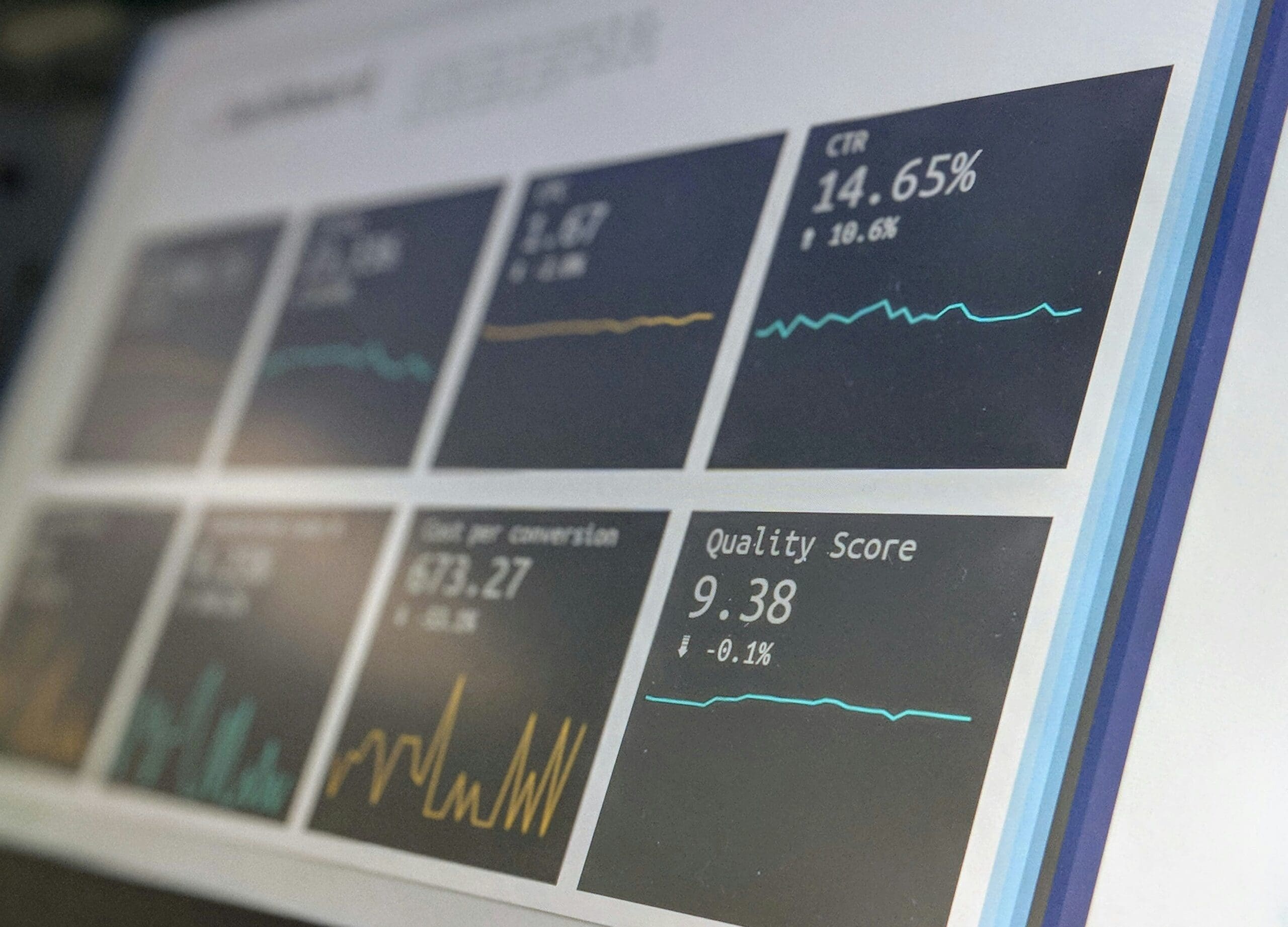Like most industries, programmatic has its own language and it can be hard to keep up with all the jargon. Since we’ve already made our predictions for 2021 and tackled Google AdSense and AdX, we’d thought of a quick refresher on some essential acronyms and other programmatic vocabulary might be helpful.
Revenue Measurement
We can’t think about anything until we think about revenue. How to measure it and how to grow it. These are the key metrics that affect your bottom line: CPM, RPM, and RPS.
CPM – Cost per Thousand
CPM stands for cost per mille or cost per 1000 ad impressions, and it relates specifically to individual ad units on the page. CPM is a key metric for advertisers as it conveys how much they have to pay for every 1000 impressions.
CPM = (Campaign budget / number of impressions) * 1000
RPM – Revenue per Mille or revenues per 1000 pageviews.
RPM is a key metric for publishers to measure the value of different types of ad pages. For example, if you want to compare the earnings of different page layouts, traffic sources, or content types.
RPM = (Revenues / pageviews) * 1000
RPS – Revenue per Session
RPS looks into overall session revenues. RPS is an extremely important metric because it tells you how much you are earning for the users you are bringing to your website, taking into consideration multiple pageviews per session/visit.
RPS = (Revenues / sessions) * 1000
Header What?
We’ve been talking about this for a while but header bidding is the key to maximizing your revenue. Here are the terms you need to know.
Header Bidding –
an advanced programmatic technique wherein publishers offer inventory to multiple ad exchanges simultaneously before making calls to their ad servers. Increased competition = increased CPMs.
Wrapper –
a wrapper is essentially used to organize multiple demand partners and set the rules for running the auction.
Prebid –
a network agnostic, open-source wrapper — the most commonly used wrapper on the market. Fair, because it is network agnostic, and top-performing as it is constantly evolving and improving.
(For a look at the top header bidding networks, read here.)
Sticky, Peel…Huh?
If we didn’t know better, we’d think talking about rich media ad units was something for elementary schoolers. But there is nothing elementary about these high-impact and high-viewability CPM boosters.
Sticky Footer –
a banner placed at the bottom of the page, centered from left and right. This format is highly recommended as sticky footer units have exceptionally high viewability ratings.
Adhesion Unit –
a banner that floats as the user scrolls and is placed in relation to the chosen two cardinal points of the window: top/bottom and left/right. Advertisers love the high viewability of these ad units.
Interstitial –
an overlay ad displaying on the page. This unit has very high viewability and CTR.
Peel ad –
displays in the top right corner and the banner floats as the user scrolls. It is half-hidden and opens up only when the user scrolls over it (or taps on the screen on mobile). This unit is both highly viewable and not intrusive at the same time.
More to Come
This list barely scratches the surface of the programmatic vocabulary but it’s a good idea for publishers to keep these top of mind as they plan for the year. It’s an exciting time for digital advertising with new and innovative technologies, growing investment from advertisers, and emerging devices.
Adapex helps our publisher partners make sense of programmatic vocabulary to make it easy to navigate every term that affects your business. We work closely with our publisher partners to define the monetization strategy that will drive their revenue. If you’re ready to launch your revenues in 2021, let’s chat and Adapex can show you how to simplify your adops.













